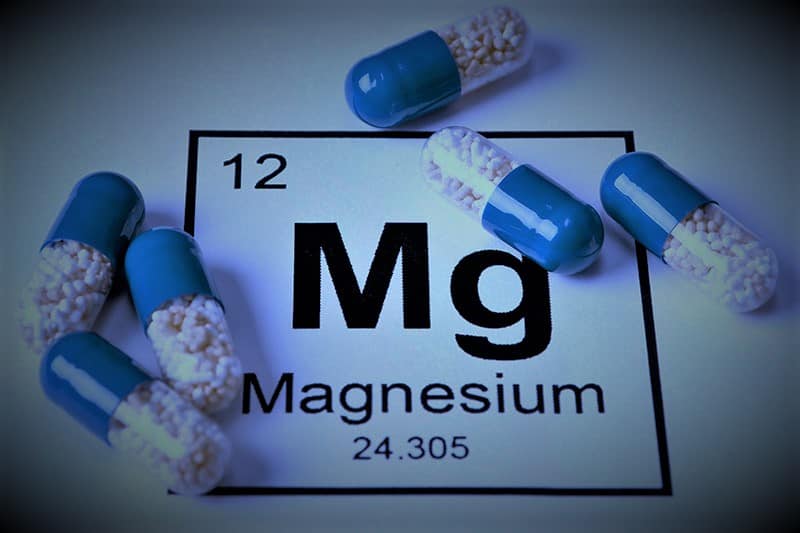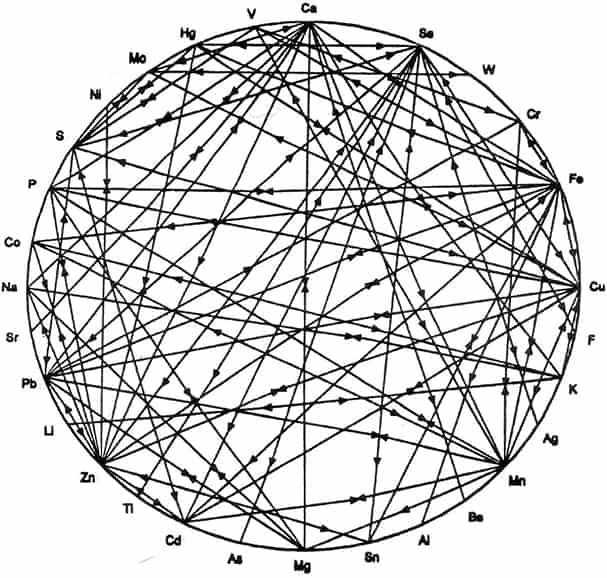Is Magnesium Bad For You?
Magnesium is a popular supplement that is taken for many reasons. Magnesium is known for its ability to reduce stress, help with sleep, and improve energy levels. However, what most people don’t know is that magnesium can also have some dark side effects if it’s not taken in the right way.
In this article, we will discuss the downsides of magnesium and how to make sure you’re taking it in a way that is safe and beneficial for your health!

What is Magnesium?
Magnesium is a mineral that is found in many foods, including green leafy vegetables, nuts, and seeds. It’s also available in supplement form.
Magnesium is known for its ability to reduce stress and anxiety, improve sleep quality, and increase energy levels. it is needed in over 300 biochemical reactions, this number might actually be closer to 3000, in the body and is involved in many important functions, including:
- Energy production
- Protein synthesis
- Muscle contraction
- Nerve function
- Blood pressure regulation

Is too much magnesium bad for you?
While magnesium is an essential nutrient that our bodies need for optimal health, it’s important to be aware of the potential side effects of taking magnesium supplements.
Remember that all minerals must be balanced as seen here in the Mineral wheel. Taking too much of anything can knock the balance of these minerals out of order causing more inflammation in your body

Let’s talk about Stress
Cortisol, I’m sure you have heard about it.
The adrenals and kidneys help regulate stress levels in the body. When the body is under stress, whether it’s from a physical or emotional trigger, the adrenal glands release cortisol.
This acutely raises Sodium and reduces Potassium, increasing blood sugar levels and blood pressure, to allow us to survive the stress or “lion chasing us”. This action of raising stress blunts our stress response, protecting our body in the process.
However, when stress is raised for a longer period of time this flips. Sodium starts being burned up too fast causing Mg to leave the cell.
Now our body is low in Sodium and Magnesium. uh oh.
Why is low sodium an issue?
First, we will have to start at the cell. Magnesium and sodium are two minerals that live on opposite sides of the cell membrane. Magnesium is found inside the cells while sodium is found outside the cells. These two minerals are what create an electrical gradient across the cell membrane, which is necessary for many cellular functions.
The proper ratio of Sodium (Na) to Magnesium (Mg) for our adrenals is 4:1
If we start supplementing Mg in a low Na state we start to get an inverse of this preferred ratio.
This inverse causes extra stress on the body resulting in many different symptoms.
These are some of the symptoms:
- Anxiety
- Difficulty sleeping
- Fatigue
- Headaches
- Muscle cramps or twitches
- Nausea
This can all be associated to an increase in inflammation.
Should we avoid magnesium supplements?
The quick answer is No
The first step before supplementing with Magnesium is to increase your Potassium and Sodium.
This can be done through:
- Adding more salt to your diet
- Eating potassium-rich foods, such as bananas, sweet potatoes, coconut water, and avocados
After you have increased your Potassium and Sodium intake, then you can start supplementing with magnesium.
It’s important to start slow when supplementing with magnesium and to increase your dosage gradually.
I recommend starting with topical magnesium. Magnesium chloride is a great way to get a transdermal magnesium, meaning absorbed through the skin.
Wrap Up
Magnesium is a popular supplement that is known for its ability to reduce stress and anxiety, improve sleep quality, and increase energy levels. However, magnesium can also have some dark side effects if it’s not taken in the right way. In this article, we discussed the downsides of magnesium and how to make sure you’re taking it in a way that is safe and beneficial for your health! Thanks for reading.
Do you have any experience with magnesium? Let us know in the comments below!
Discover more from Maxwell Person
Subscribe to get the latest posts sent to your email.